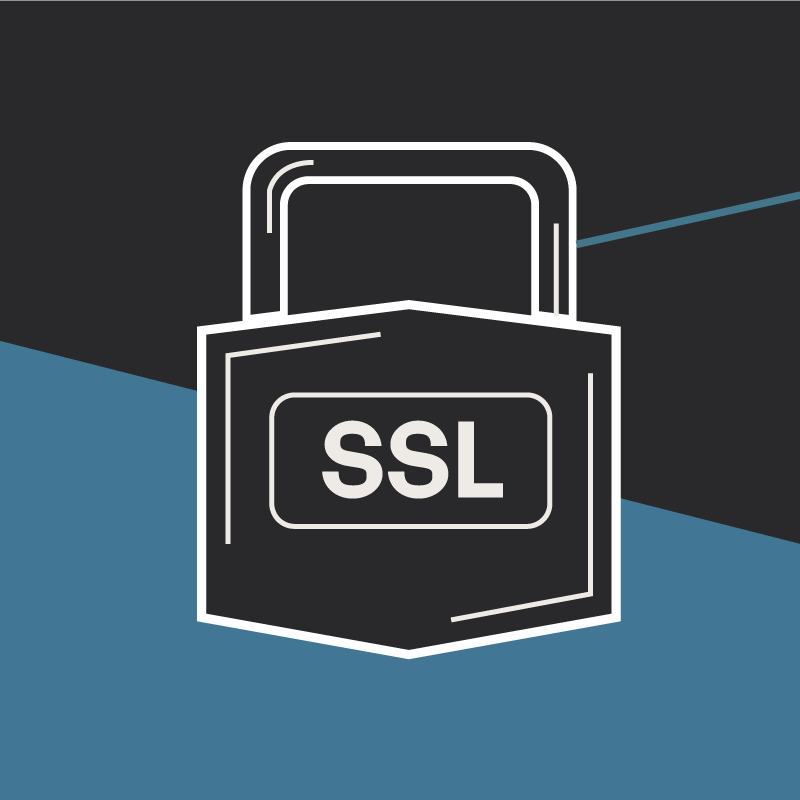Is System Center Operations Manager the Right Solution for You?
Ricardo Herrera#Hosting

Learn about why Microsoft's System Center Operations Manager is the best solution for monitoring your IT environment.
If you are part of an IT department, you surely understand the importance of having a monitoring system. A good monitoring system will be able to warn or alert you of issues going on in your environment. Is your server up? How’s the disk space? How’s the CPU and memory? This is basic information that a monitoring system needs to be able to check. But what about aspects that go deeper? There may be unmonitored items that might be affecting the performance and availability of your servers without you even knowing they exist!
There are many open-source options out there currently which do a great job of monitoring the basic items mentioned. There are pre-configured templates which you can apply to your agents that will do a fine job of monitoring common items. But if you want to monitor anything deeper, you’ll quickly find that the amount of research, configuration, fine tuning, and troubleshooting necessary to do so is consuming many hours, and that you cannot get it just quite right.
Is There a Better Way?
This is where Microsoft’s System Center Operations Manager is different from the rest. The system comes with predefined templates for all Microsoft products that your server might be using. Active Directory, MS SQL, and MS IIS are only a few examples of these products. These monitoring templates are configured by the same company that makes the software being monitored! This assures that every single item, performance counter, event log, or error that needs to be monitored gets alerted on, logged, and graphed.
There are also many great templates created by third party companies that can be used to monitor non Microsoft products. Dell, VMWare, and HP are only a few of the companies that offer third party templates to monitor servers and networking equipment from System Center Operations Manager. This way, you can have an at-a-glance view of all your equipment’s logs, performance, and availability in one place. You can also receive alerts for any issues related to these servers or networking equipment.
Of course, there are a few negatives that you might encounter when comparing this monitoring system to the rest. Depending on the amount of equipment being monitored, the great deal of logging, graphing, and alerting generates an enormous amount of data that needs to be transferred and stored. This means that network traffic, SQL I/O speeds, memory, and CPU need to be high to allow Systems Center Operations Manager to function optimally.
The system also has a steep learning curve when getting started. Navigating the system is not especially easy the first time, and it is not very user friendly for those who are inexperienced in System Center Operations Manager. Fine tuning alerting, logging, and custom monitors can be difficult at first, but setting them up gets easier over time.
There is a lot more to System Center Operations Manager that makes it far more valuable than an open-source monitoring system. Here are a few of the many advantages that this system has over the rest:
- Vendor built templates that will monitor every single item that could affect performance and availability.
- Endless configuration and fine tuning capabilities if needed.
- Custom templates for their systems and equipment provided by third party vendors. This creates a centralized location for an at-a-glance overview of all your systems.
- Logging and log based graphs that provide a quick and easy way to view your systems’ performance over time.
- Tools and tasks that are based on the system being monitored. You can perform IIS resets, start/stop services, and check volume information directly from the main screen.
System Center Operations Manager is a powerful, complex tool, and while it can be daunting to consider, using it to monitor your IT environment provides you with a level of control and peace of mind that you can’t find anywhere else. Do you have any questions about how to set up or configure System Center Operations Manager? Do you have any tips of your own for how to use it effectively? Let us know in the comments below, or contact us for more information.
Related Posts
How Azure's Automation Transforms MS SQL Management
An exploration of the benefits of migrating to Microsoft Azure, highlighting how automated optimizations can improve MS SQL database management.

Why Do I Need an SSL Certificate?
Without understanding what an SSL Certificate is, it may be hard to realize why this is so important for your website. In this blog Diagram will cover both of these topics.
Results Matter.
We design creative digital solutions that grow your business, strengthen your brand and engage your audience. Our team blends creativity with insights, analytics and technology to deliver beauty, function, accessibility and most of all, ROI. Do you have a project you want to discuss?
Like what you read?
Subscribe to our blog "Diagram Views" for the latest trends in web design, inbound marketing and mobile strategy.
